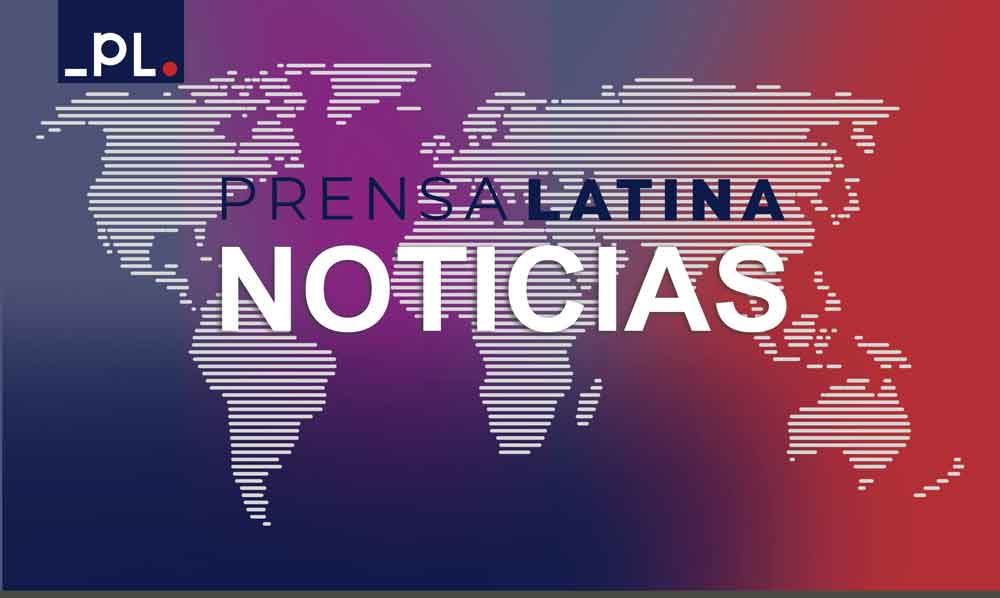Taking stock of the successes achieved, INAH assumes that the year 2023 was one of the most fruitful years in the development of its substantive tasks in the protection, research, preservation and dissemination of cultural heritage.
He points out that this year, within the framework of the Mexican Government's priority project Tren Maya, the Institute has completed the archaeological rescue work both in the right of way and in the buffer zones of this means of transport that will connect the states of Chiapas, Tabasco, Campeche, Yucatán and Quintana Roo.
At the same time, he explains, the Program for the Improvement of Archaeological Zones (Promeza) has been strengthened by the inclusion of the ancient city of Cobá and sites for its enhancement, such as the Paamul II eco-archaeological corridor, where the Ocho Balas Caves are located, Handyman and Jaguar Claw.
It is reported that visitor service centers will be built in 10 of the 29 archaeological zones in Promeza to improve the tourist experience and provide development opportunities to communities near these sites.
Other actions by Promeza in 2023 included the opening of new areas for public visits, such as Chichén Viejo and El Palomar in Chichén Itzá and Uxmal, respectively; the attention of the Palace, Group IV, the Tomb of Pakal and the Temple of the Leaf Cross in Palenque.
Also the construction of eight new museum locations, including the Grand Museum of Chichén Itzá, the Puuc Archaeological Museum in the Kabah Archaeological Zone and the East Coast Museum in Tulum.
Among the discoveries documented thanks to Promeza, that of a burial chamber in Palenque stands out; the stone depictions of an Atlantean and the face of a warrior at Chichén Itzá; a chultún – water tank – which was reused as a crypt, and the stone image of a prisoner at Ek' Balam.
He states that the institute also had finds in other archaeological recoveries, such as the Chalco-Santa Martha trolleybus in the state of Mexico (Edomex), where a late Postclassic (1400–1521 AD) ceramic mask was recovered; and on Cablebús Line 3 in Mexico City, where 10 3,500-year-old tombs were discovered.
Other documented finds included: a second image of the young ruler of Amajac in Álamo Temapache, Veracruz; the fossilized egg of a flamingo in the paleontological site of Santa Lucía, Edomex.
Additionally, a gift of 15 green stone figures recovered from the Templo Mayor in Mexico City and the sculpture of a Chac Mool in Pátzcuaro, Michoacán.
mem/lma

